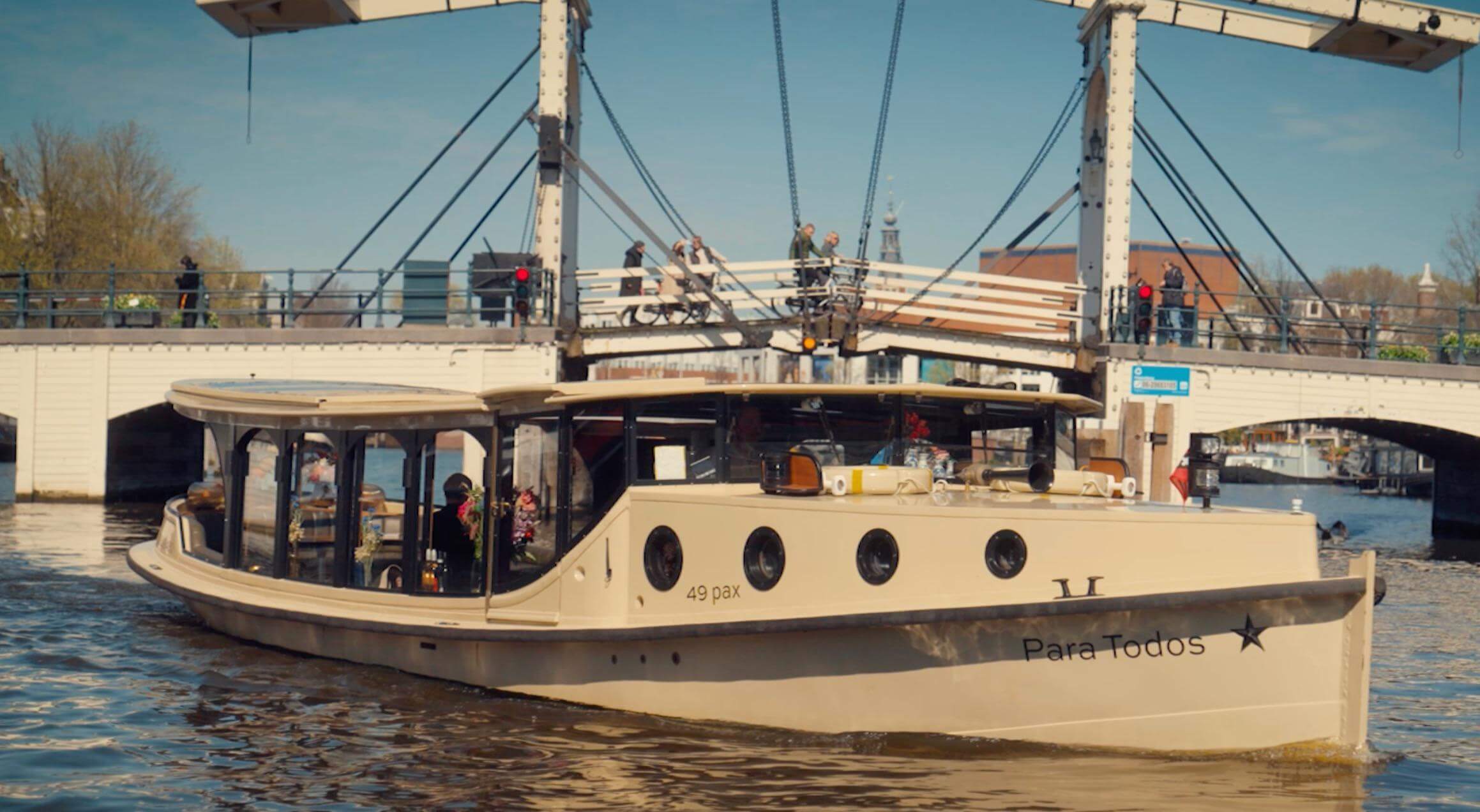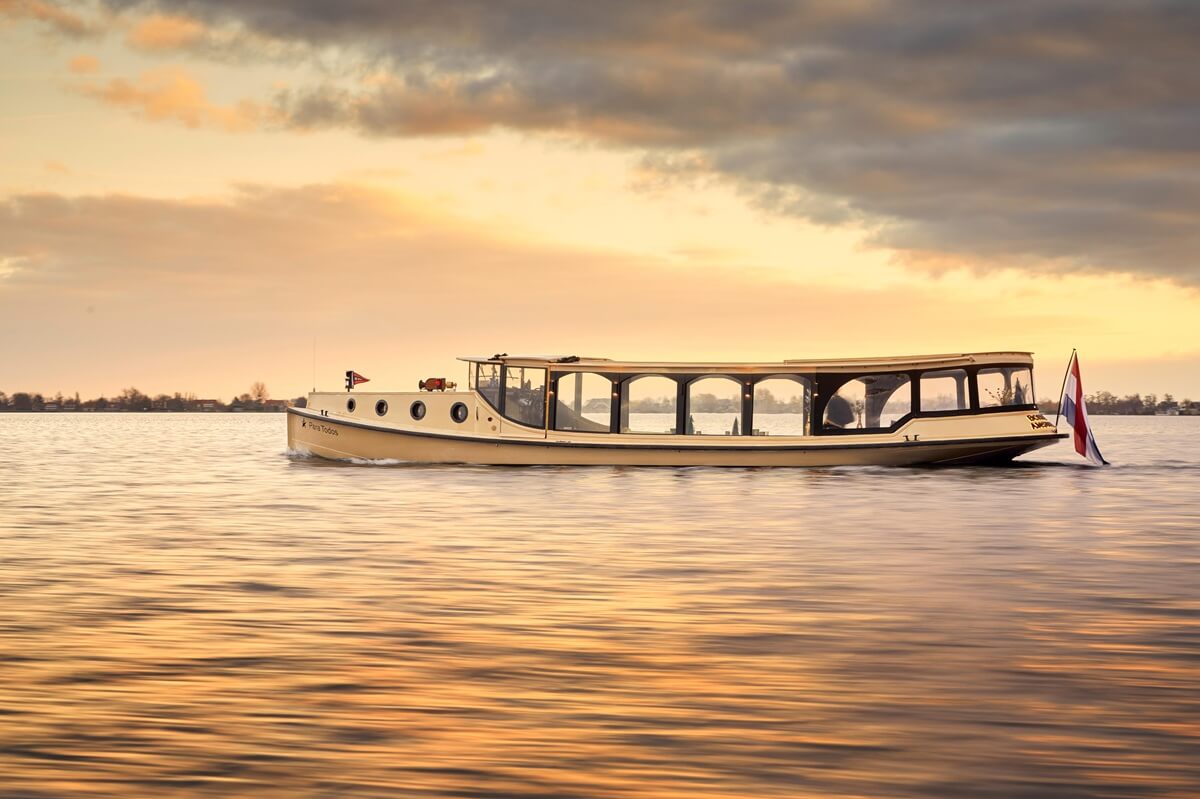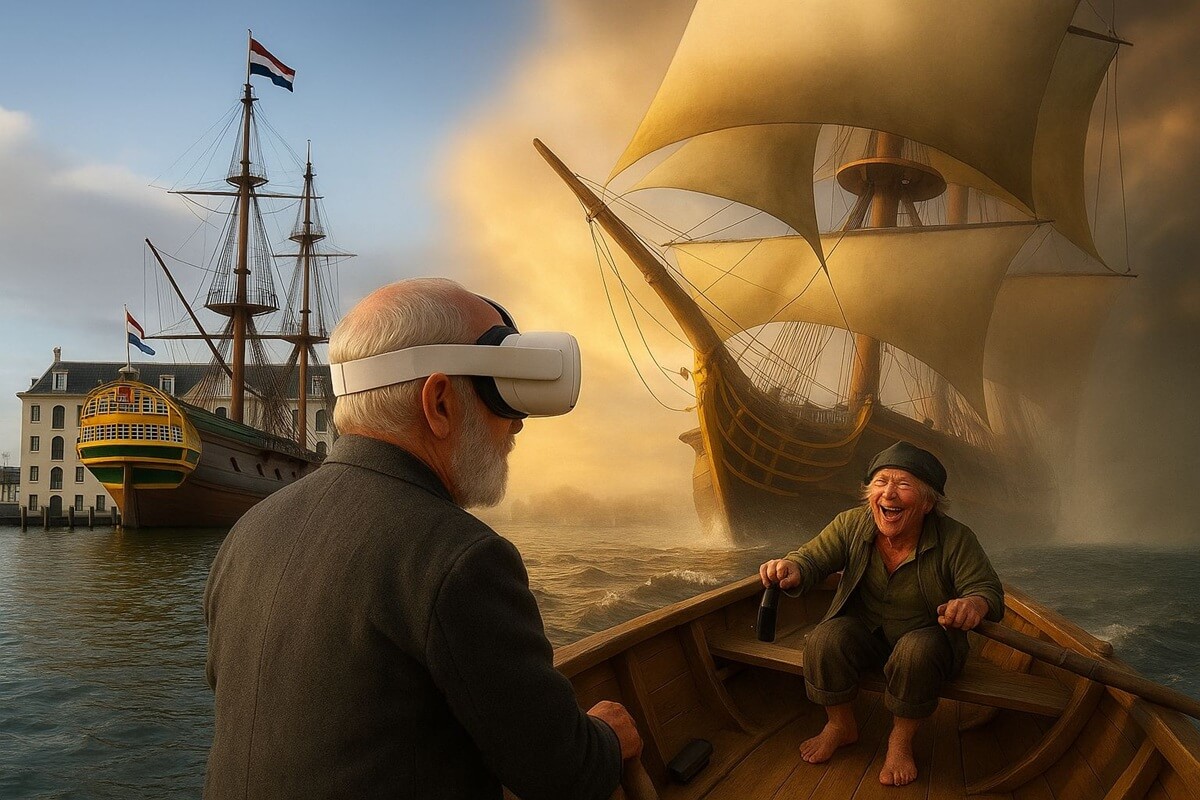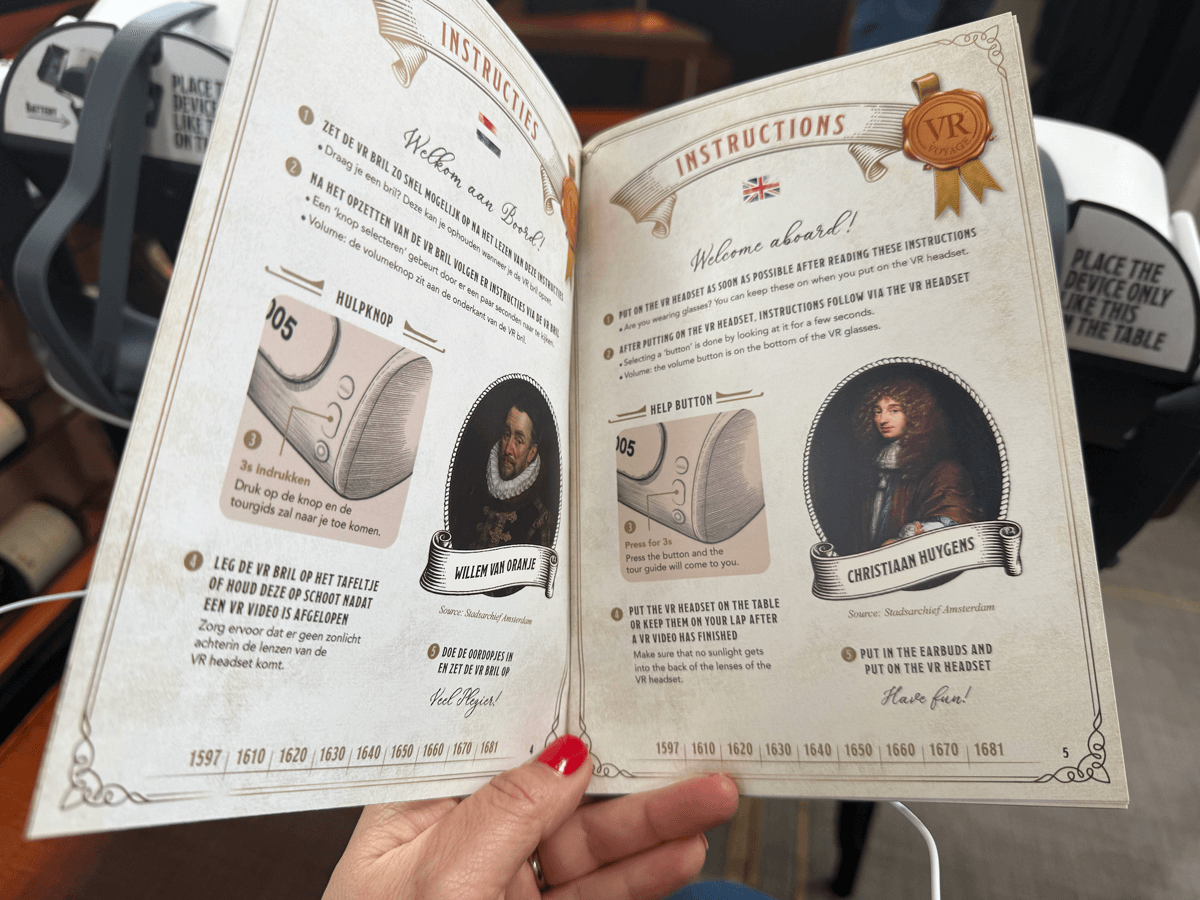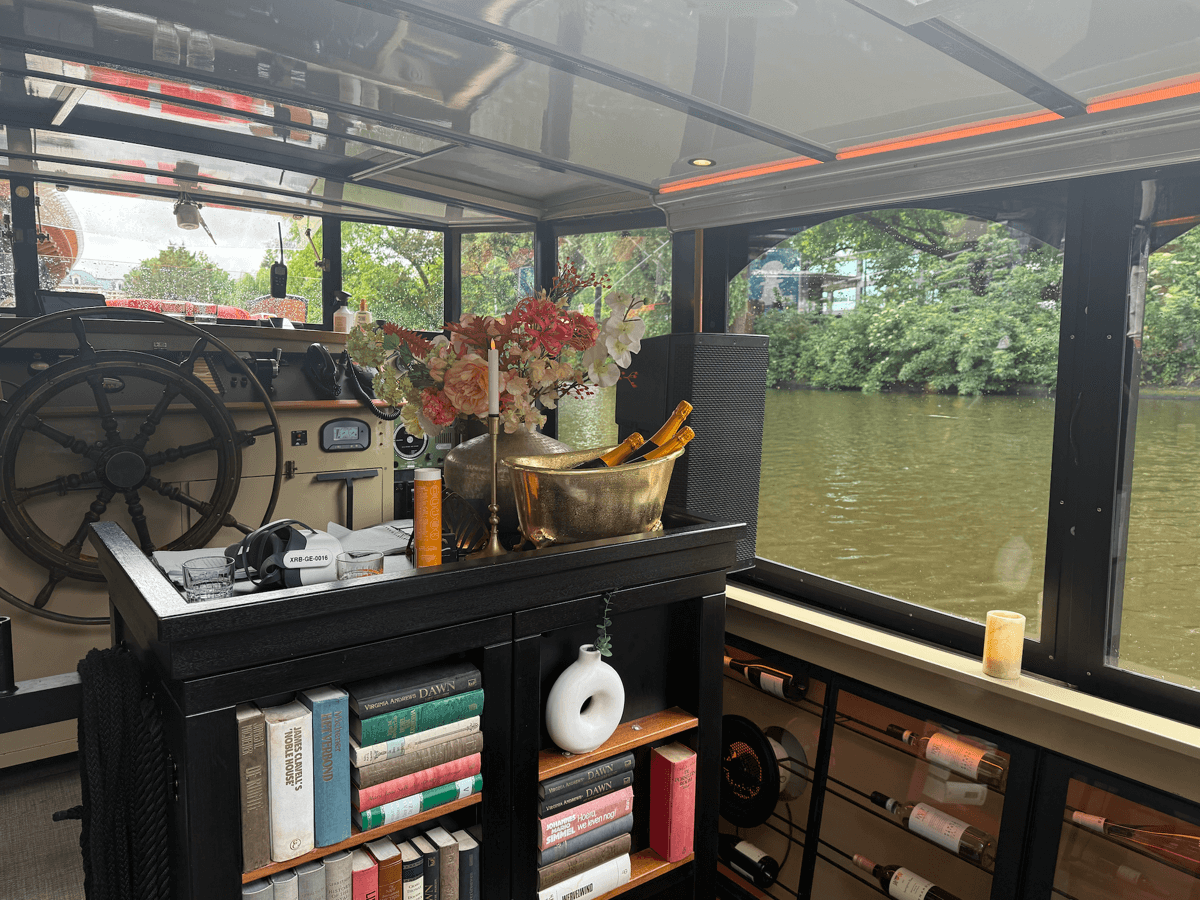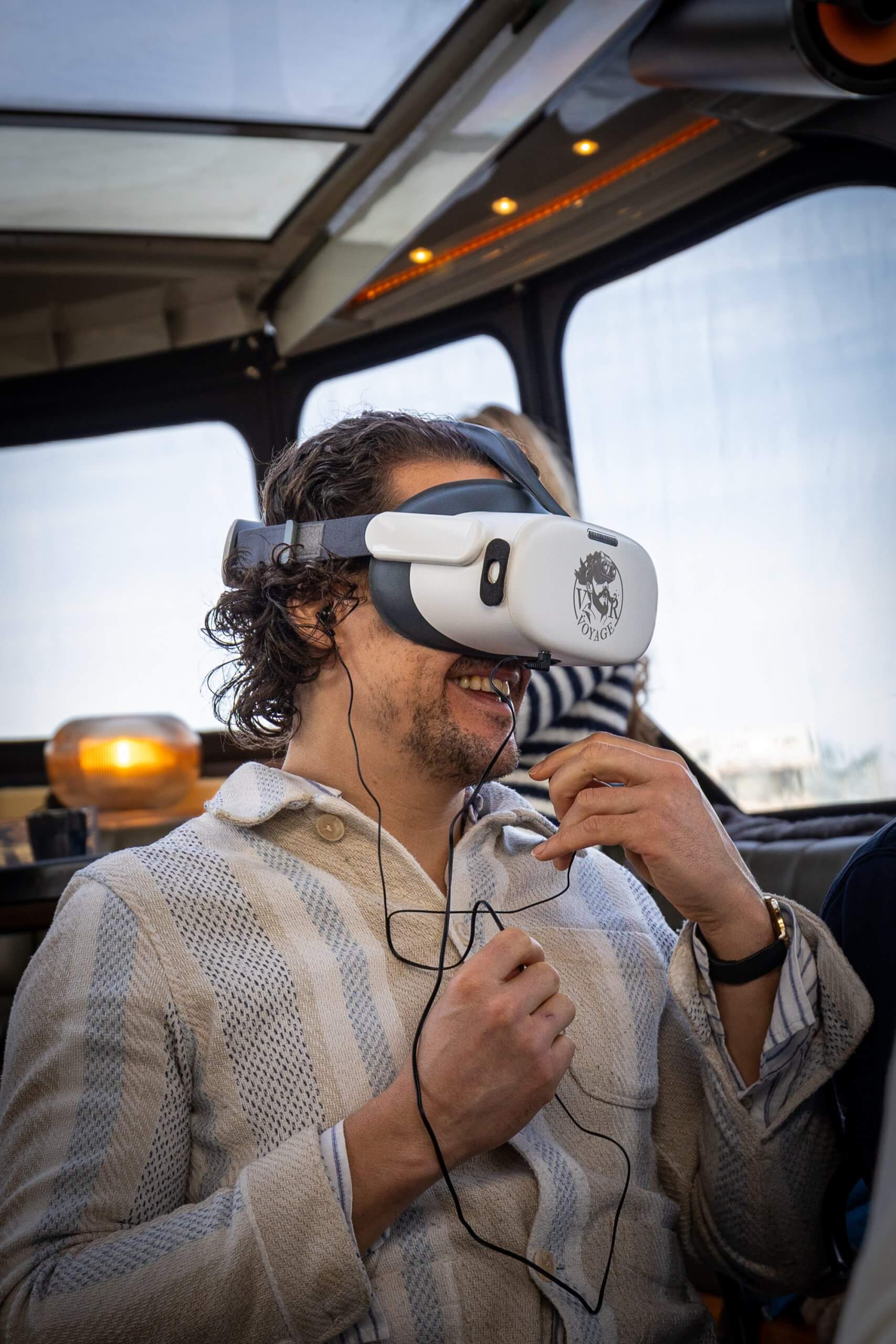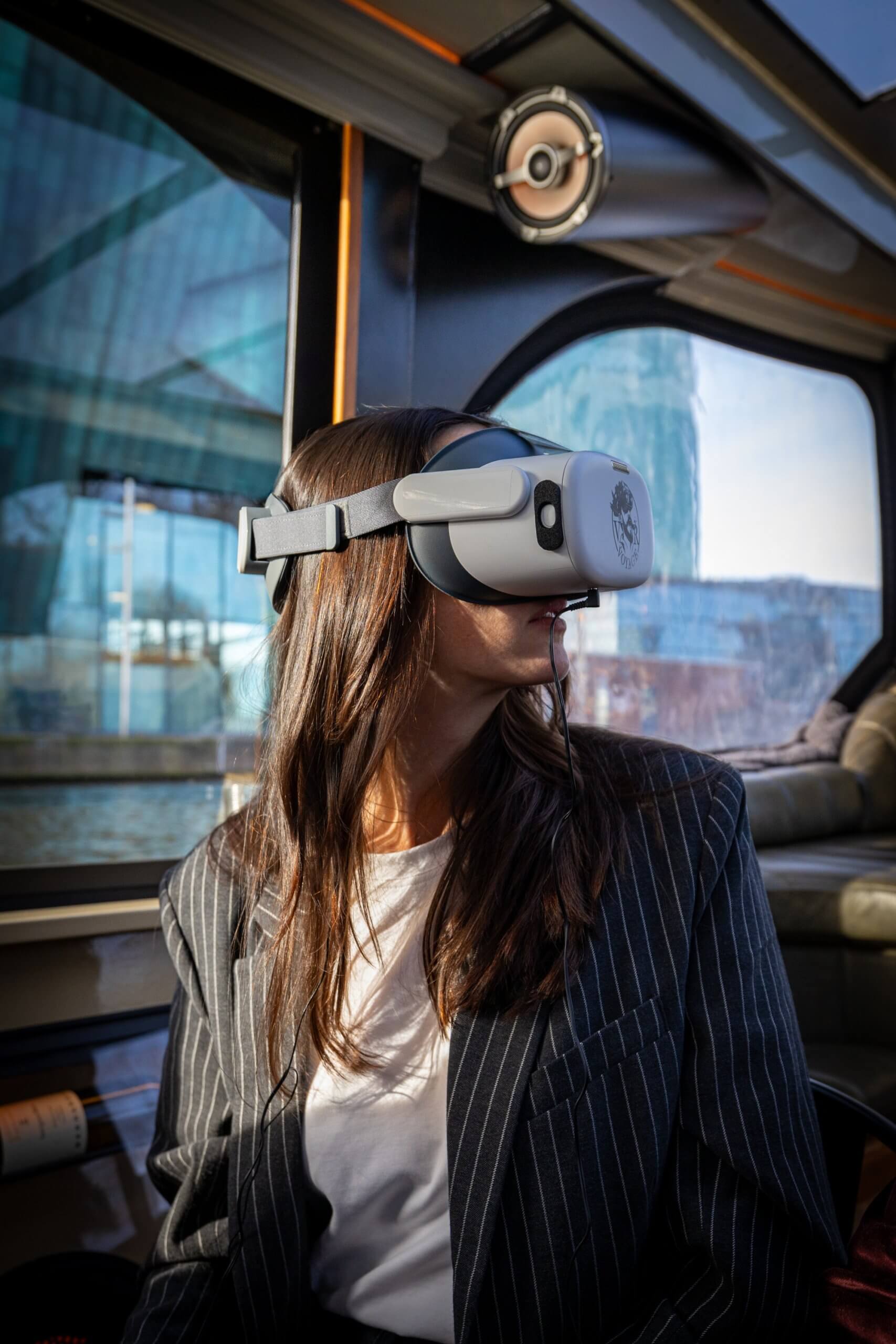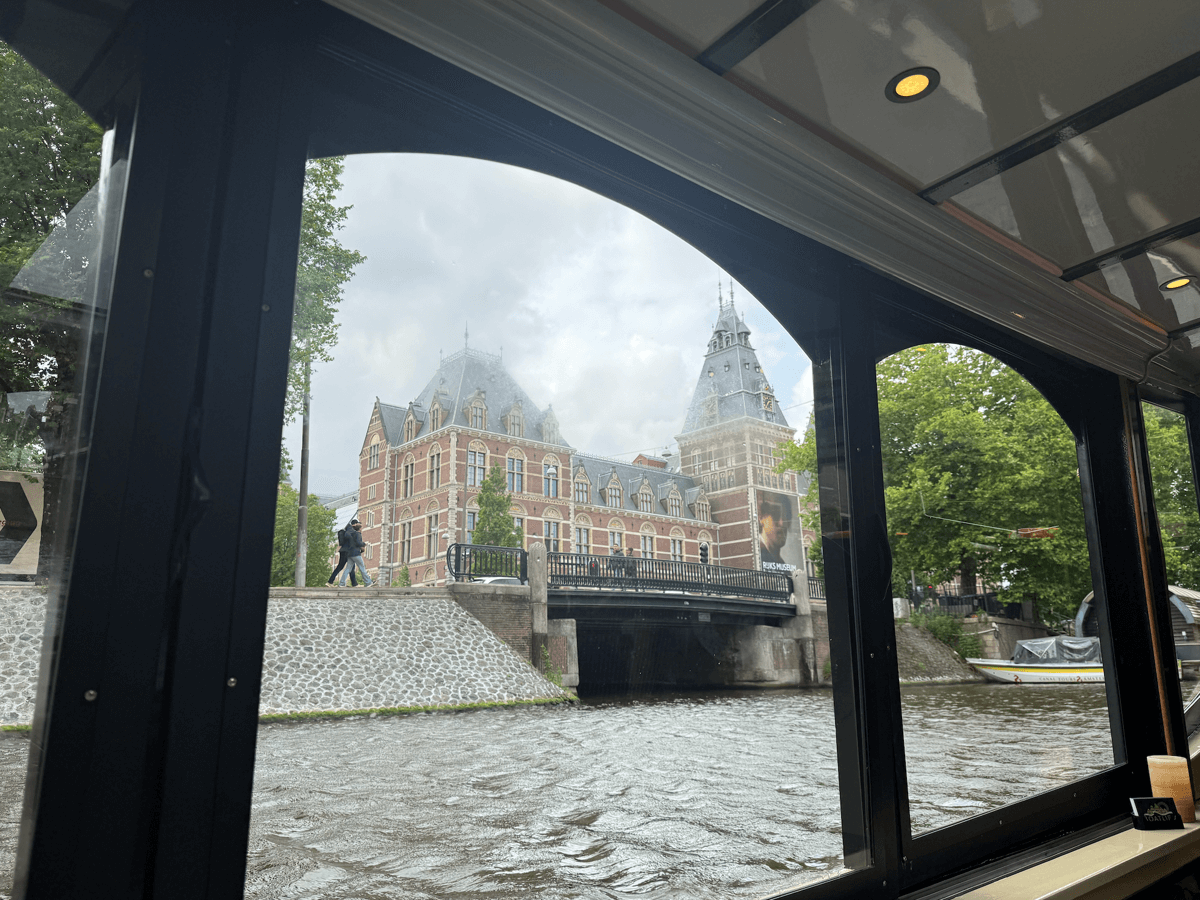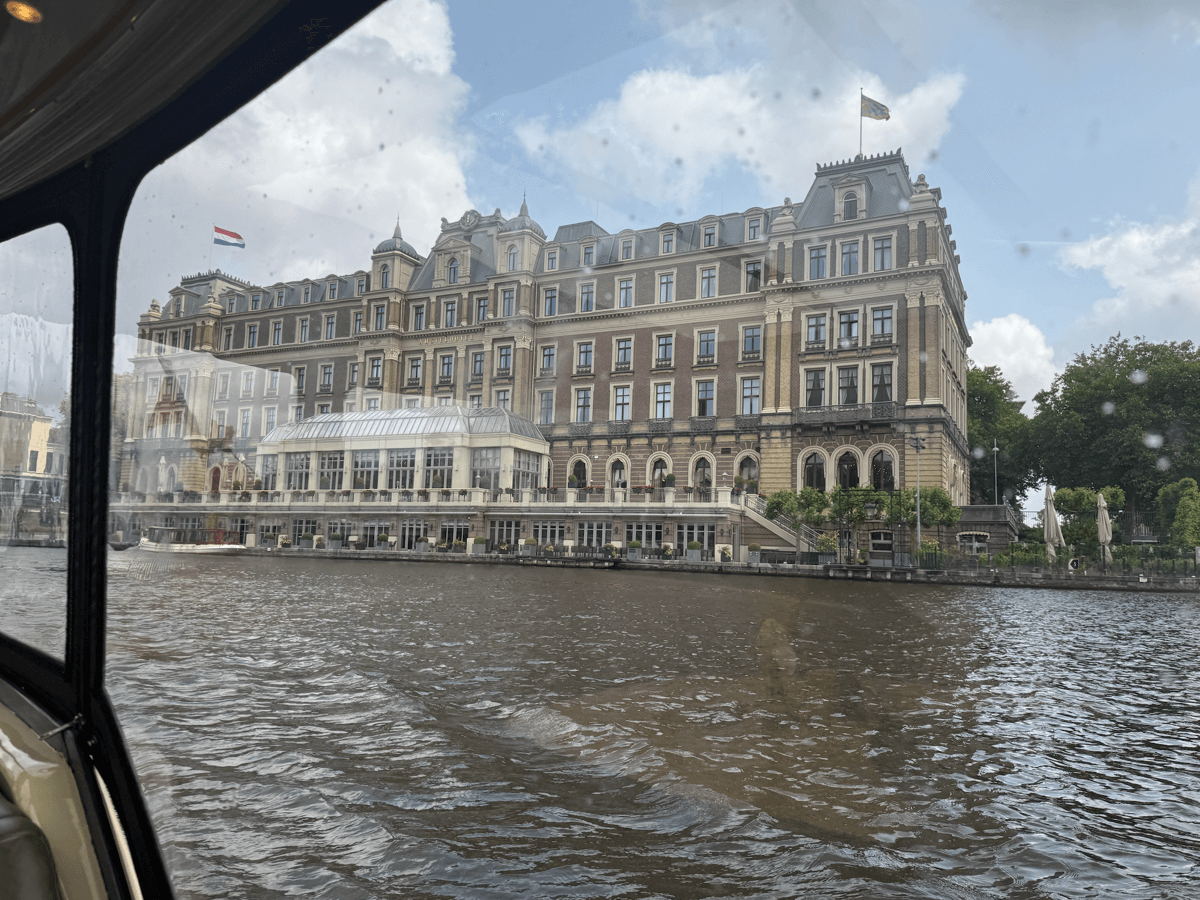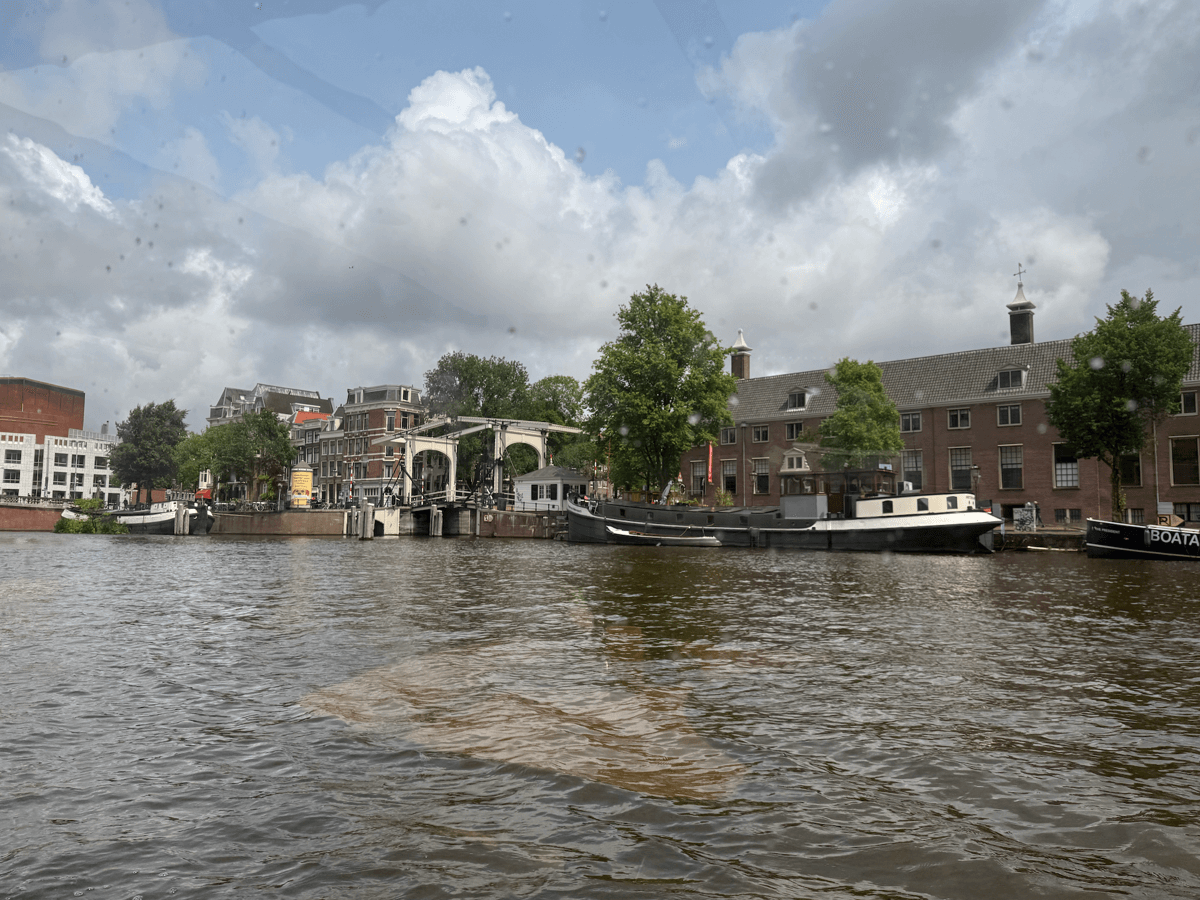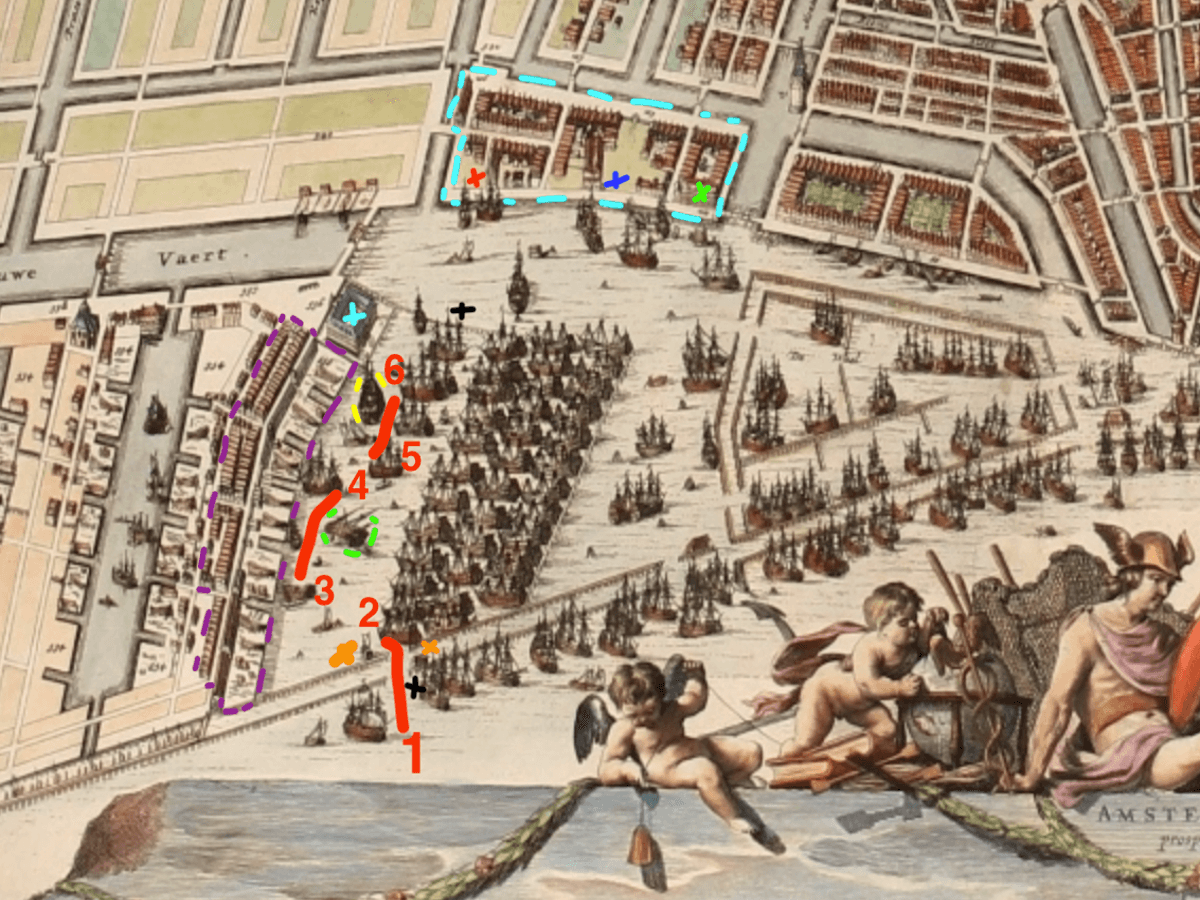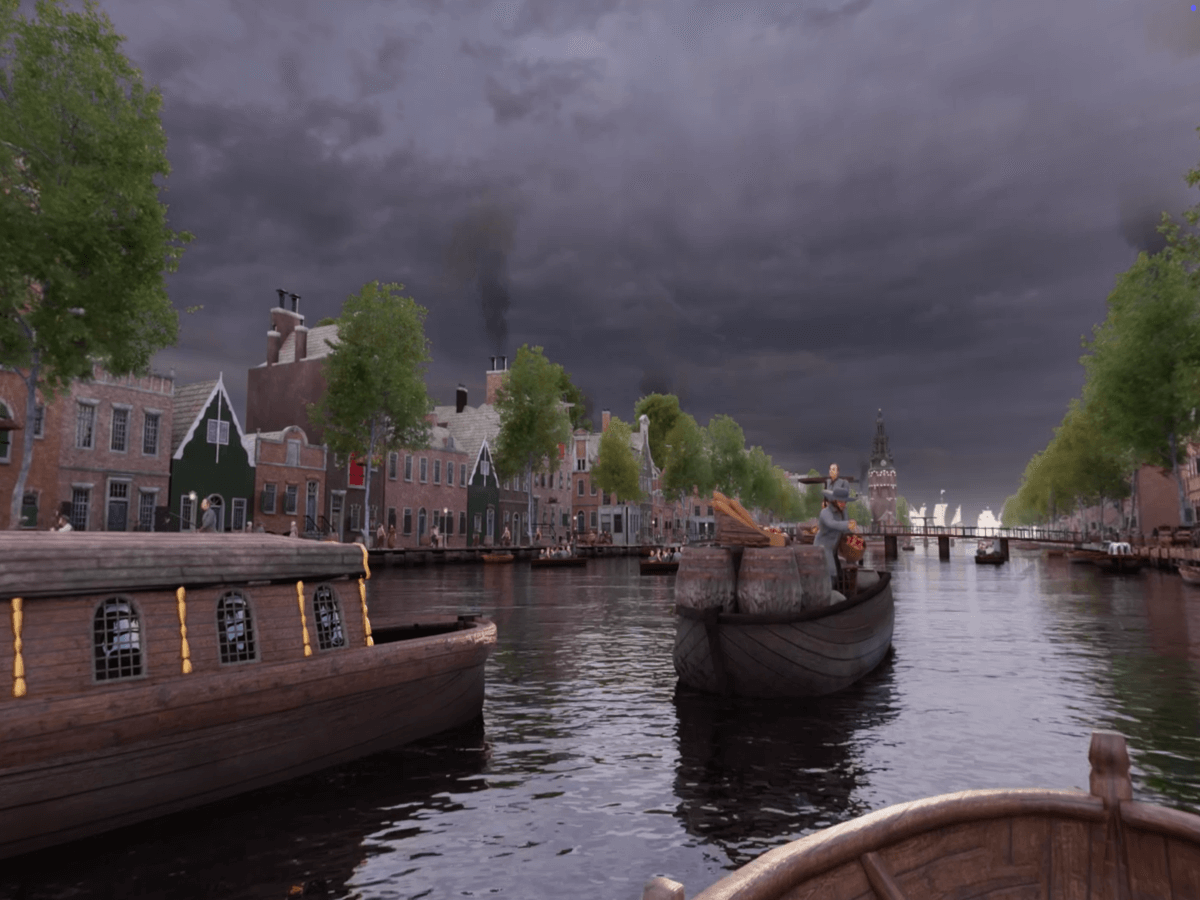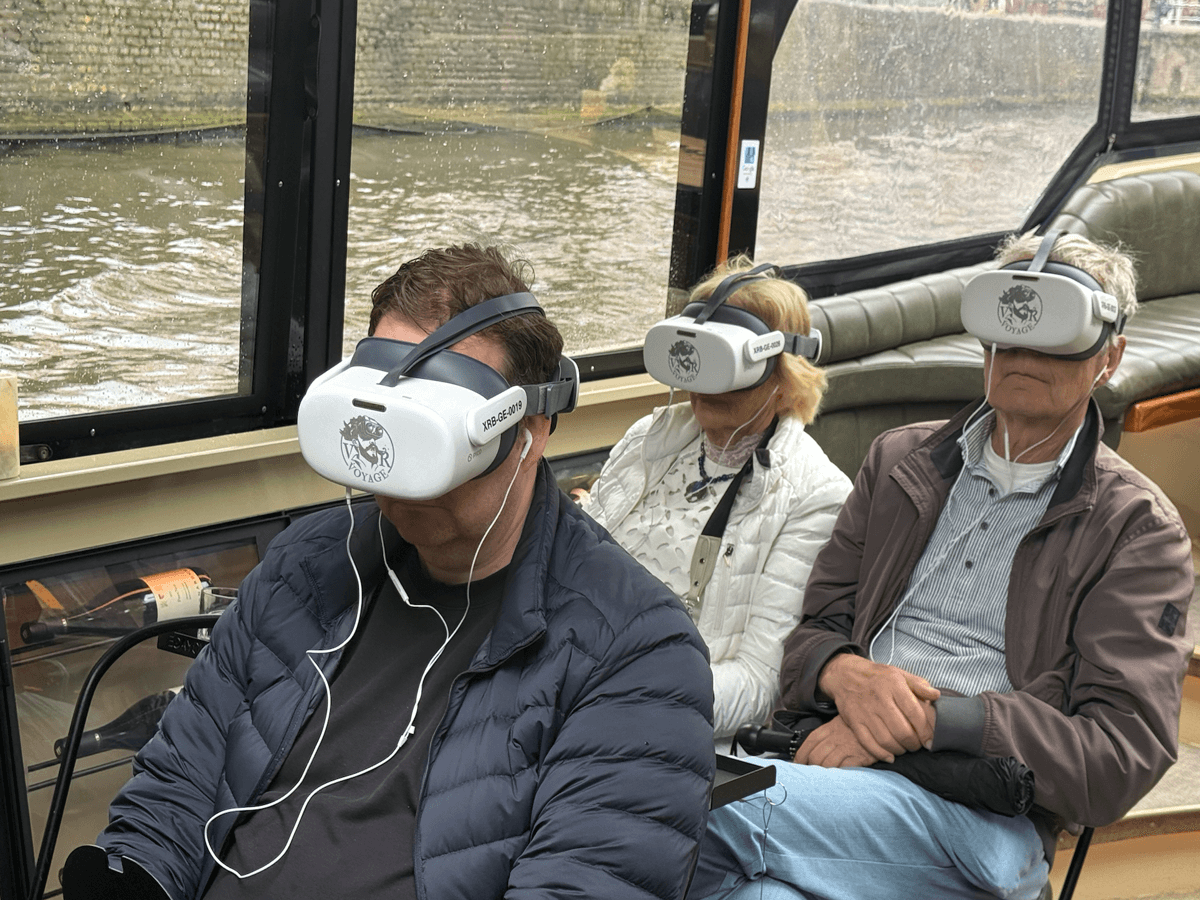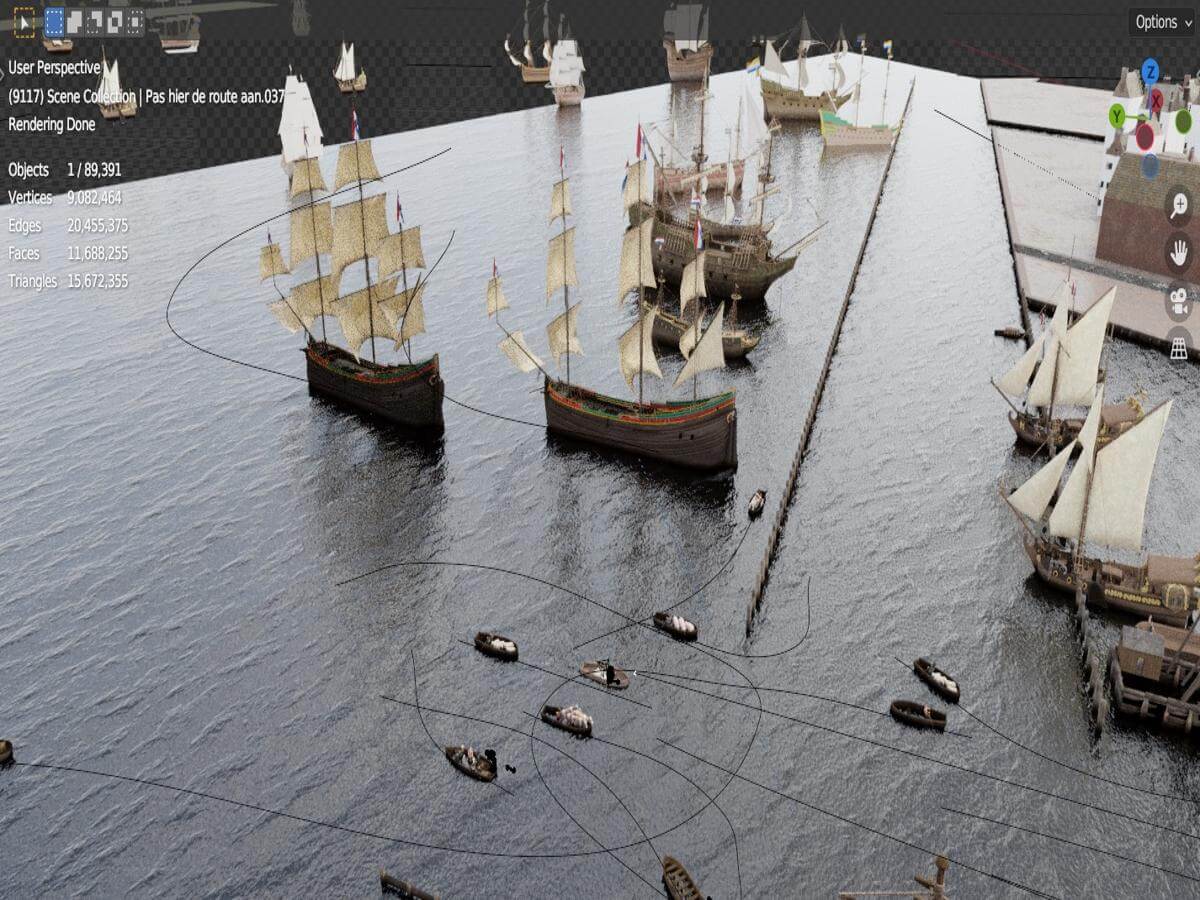Step aboard, slip on a headset, and after a few minutes, you’re no longer cruising through modern Amsterdam, but gliding into the heart of the 17th century, when the Netherlands was a majorly influential nation due to its key role in global trade. VR Voyage doesn’t just tell you history – it drops you into it. With 17th-century canals springing to life in amazing detail, this immersive canal cruise puts the past in the present.
This thrilling VR boat ride in Amsterdam combines the charm of a traditional sightseeing canal ride with cutting-edge technology that takes you along the same waterways, hundreds of years back. Hop aboard, and read more about Amsterdam’s most technologically advanced boat ride, the VR Voyage.
During the VR Voyage boat tour, you will get to enjoy the best of both worlds; the most spectacular sights will be enjoyed in real life and the less exciting parts you’ll get to use the VR headset to travel back in time.

